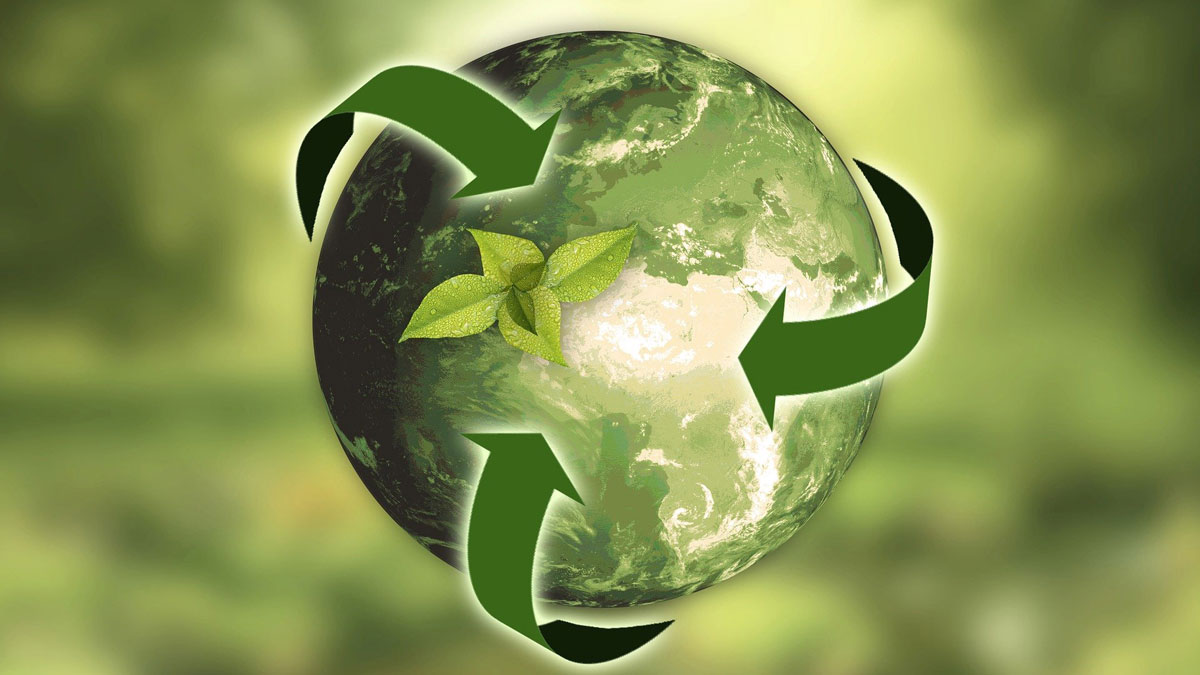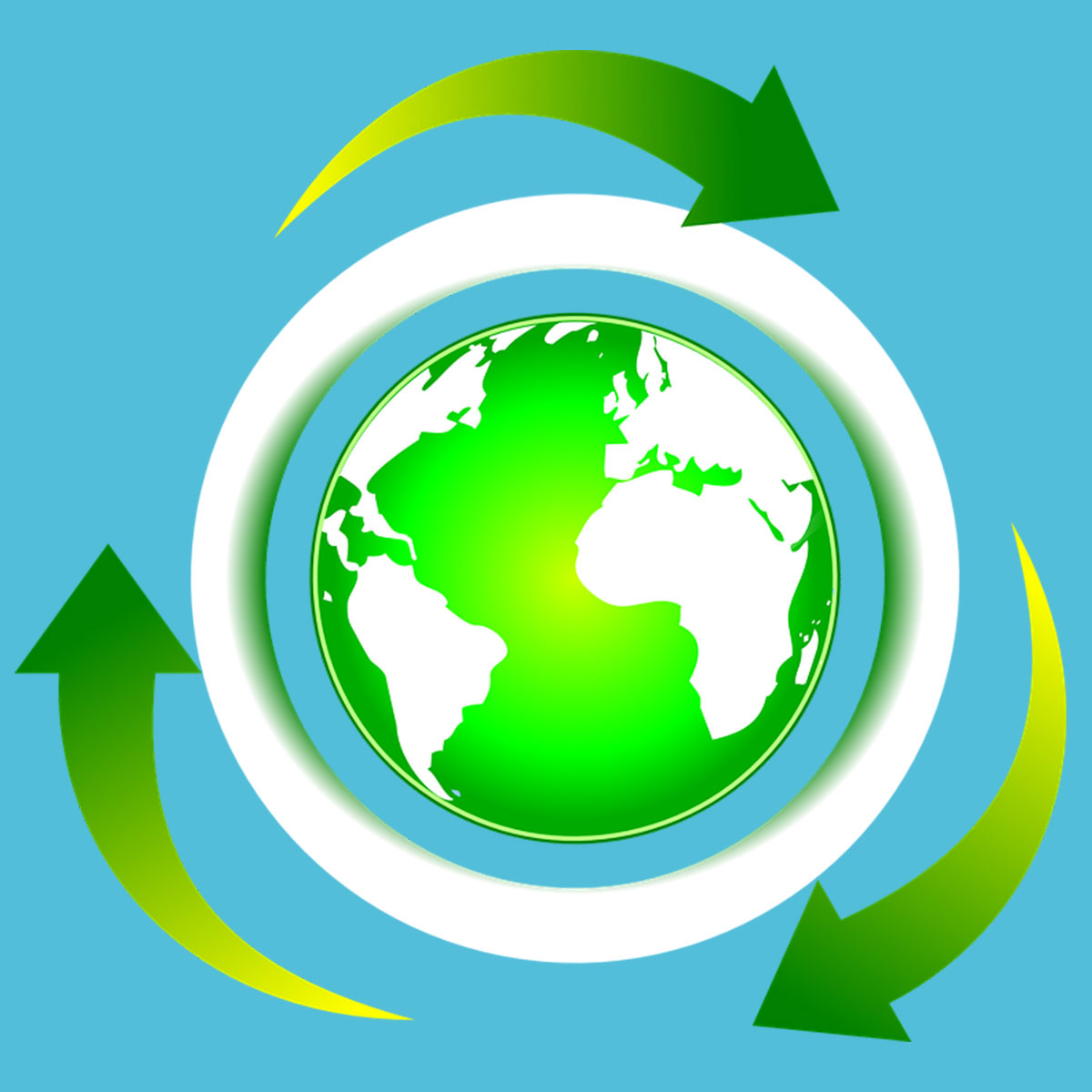Have you ever thought, “My office could be greener. I just don’t know how.” Well, here us out. 2020’s a new year. It’s the time to make something happen. If you want to make your Toronto business more eco-friendly and green, here are 14 simple ways to help you achieve that.
 |
14 Simple Tips Any Toronto Business Can Do to Go Green, Recycle More, and Waste Less |
You want your office looking its’ absolute best. With that comes new equipment, furniture, and appliances, and removing what’s old. Unfortunately, the waste this mentality has produced is sizeable. Is it possible to simply upgrade existing equipment, fix your furniture, or find a way to repurpose or reuse it – if not, consider making a donation to a local charity. Even if you delay having to throw something out by six months, this still makes an impact.
Appoint a waste supervisor
Every office should have a waste management and recycling supervisor appointed. This is someone who is passionate about keeping your company green and eco-friendly. This person will set short-term and long-term goals, and help research future opportunities for you to continue developing recycling initiatives in the most economical way possible.
Reduce commutes
Some employees coming to your office probably have sizeable commutes to conquer just to arrive there. Is there a way to allow them to work remotely – this doesn’t have to be every day. Allowing them to work from home one or two days a week can help reduce your business’ emissions, cutting down on energy usage in the city.
Rent a dumpster
If you aren’t already set up with a program, every Toronto business that wants to go green deserves a dumpster rental that can be filled and picked up regularly. This gives you a place to put your waste, allows you to monitor it, and can motivate a switch to a more recycle-friendly culture.
Contribute to local programs
Look at local community-based programs focusing on recycling, wildlife protection, or maintaining the environment. Connecting with an organization that’s doing something good is a strategy employed by corporations who struggle to offset their carbon emissions. For a general office, it’s an approach to make a positive difference through financial contributions or promotions without having to change much in the office.
Connect with green suppliers
Are the companies, business partners, and waste disposal company you work with using eco-friendly, green practices – if not, consider making the switch to brands that are. In business, the connections we make and the relationships we carry affect a lot about our waste footprint. Looking at making a significant impact from an environmental perspective? Examine the relationships you maintain and identify opportunities for change.
Use less paper
Chances are, your office is already doing this. Instead of printing our memos, employee announcements, reports for meetings, and other communications, take the opportunity to go digital. Using email for such things, you can cut down on the print materials that have to be recycled.
Initiate a trade-in program
If you sell products requiring customers to upgrade or throw out old product semi-regularly, a Toronto corporation wanting to be eco-friendly can launch a trade-in program. An initiative like this helps keep our groundwater clean, eliminates environmental hazards, and can help you recycle the products you’re putting out there into the universe.
Donate or recycle old electronics
Printers, computers, and old electronics. Every office has them. Instead of sending them to the landfill, find an electronic waste collector who’s willing to take them or alternatively, if they’re usable, donate them. This is a great way to recycle and reuse in a Toronto office, saving you money on disposal as well as on your waste footprint.
Plant a garden
A garden is a great way to keep the local surroundings beautiful while committing to natural means of reducing emission. A small garden on your property sends a message. You can, of course, plant a larger garden, or even choose to bring in community stakeholders to help keep up with it.
Start a compost
In Toronto, we oftentimes struggle with having enough space to, well, do anything! For offices fortunate to have a little extra property to work with, starting a compost reduces food waste in the kitchen and reduces the amount of waste you have to pay to have picked up.
Plant trees
There are several organizations and programs out there encouraging financial contributions towards planting trees. If an office is looking to offset carbon emissions, this is a direct way to do so. Every tree comes with their own assigned value in terms of how much carbon they are expected to remove from our environment.
Get set up with a recycling facility
There are several reasons to connect with a recycling facility. The first is to have places to send office recycling in Toronto you generate or collect from customers. The second is, if you’re a manufacturer, to buy recycled materials. The use of quality recycled materials oftentimes cuts down on energy usage and can help a company ‘green-ify’ themselves!
Divide up waste and recycling
If you don’t already divide up your waste, set up two containers – one for waste and the other with recyclables. Thankfully, most businesses in Toronto already divide up their waste but some don’t. It also is worth including a sheet of what is or isn’t recyclable. Still, a lot of cross-contamination happens. No one wants to ruin a collection of recyclables by including a non-recyclable item with everything.
When you follow these tips, you may end up uncovering other ways for your office to go eco-friendly. There are many, many opportunities out there! Don’t forget to communicate with employees and your peers, ensuring everyone’s on board and aware of the waste disposal program you’ve launched.
If your employees know you’re passionate about recycling and going green and that you’re following your own rules, they’ll be more motivated to do the same. Be the example and get inspired! Small changes can lead to big changes in any company, no matter the industry. For waste disposal services in Toronto and the GTA, contact Core Mini Bins. We can help with same day service, dumpster rentals, mini bin rentals, and more. Everything you need to make the effort to go and stay green, you’ll find with Core Mini Bins. Don’t hesitate to reach out.





